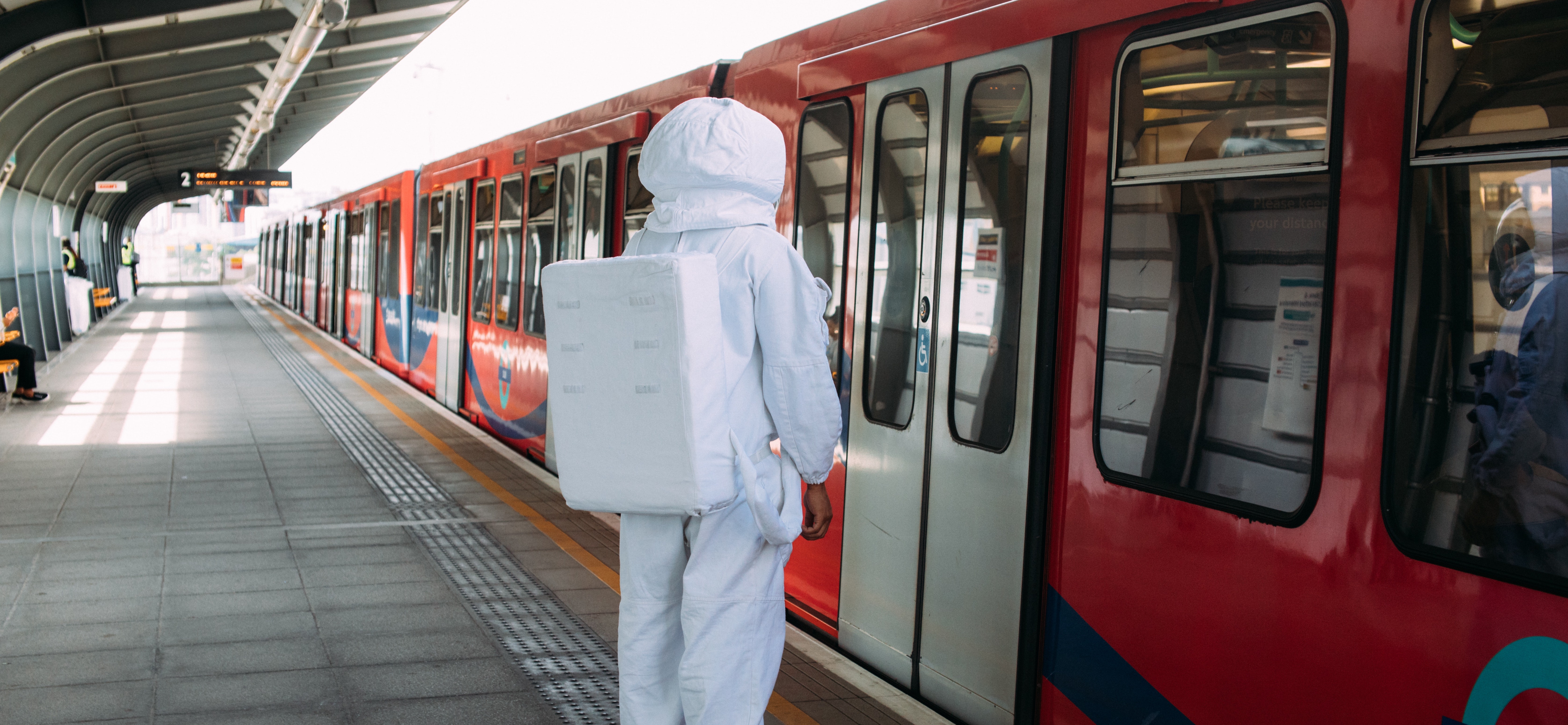The Good Enough Fallacy.
Good enough is not good enough.
The Good Enough fallacy is an example of, what I call, The Causality Inversion fallacy applied against the Pareto principle.
The Causality Inversion fallacy is where an actor, desiring a certain outcome, misattributes correlation for causality and actively applies the correlative condition, thinking that it is causal to the desired outcome. An common example of misapplied correlation is wind and wind turbines. One may inappropriately conclude that wind turbines produce wind because there is wind wherever there are wind turbines. The fallacy is applied when one starts building turbines with the intention of producing more wind.
The Pareto principle is a statement of an observed relationship; it does not imply causality. So statements like “80% of sales are made by 20% of sales people” does not imply whether a key group of sales people directly contributed to 80% of the sales, or whether the distribution of sales-to-sales-people averages 80/20 only when viewed as an entire set (thus implying that this ratio describes a more holistic relationship).
The Good Enough fallacy is when causality is forced onto the Pareto principle. For example, consider the case of diet and heart health. Any blood pressure above 120/80 is considered prehypertensive. Now consider a person with a blood pressure of 110/70 following the terrible Standard American Diet (SAD). Given their decent blood pressure reading, they would most likely be told to continue doing what they are doing. So this person continues the SAD diet year after year. Consider that one year later, his blood pressure increased from 110/70 to 120/80. One may misapply the Pareto Principle and argue that a 20% reduction of heart health is acceptable, after all, their diet hasn’t changed since and it was ok last year, a slight reduction should be fine. The danger of this fallacy is that it doesn’t stop there. Once you accept this idea that 80% is good enough, when does that end? Consider the blood pressure situation, does the person now have to maintain 120/80 (or better) year after year? Doesn’t that mean 80% is not good enough? Because after the initial 80% reduction, it’s expected to be maintained at 100% at the reduced amount. However, for most who accept this idea that 80% is good enough once, they end up reasoning that 80% is always good enough. What results is an exponential decay (lets call it the Good Enough decay).
The Good Enough decay will reach an unstable equilibrium dictated by an inverted Pareto efficiency, where Pareto improvement is replaced with Pareto deterioration. And Pareto “optimal” is when any further change would lead to total loss of all agents (in the case of the diet example, that means death).
It’s easy to see such a decay in patients with metabolic disorders. Most patients would be hard-pressed to change their diets even when there are red flags indicating that they should (eg. pre-hypertension or pre-diabetes). Their refusal to change will continue to be allowed as long as we have medical interventions to keep them from dying (eg. statins or metformin). Patients will achieve equilibrium when they’ve reached a point in their deterioration where no additional medical intervention can help them, but impending death scares them enough to do a minimum of work to keep death at bay.
